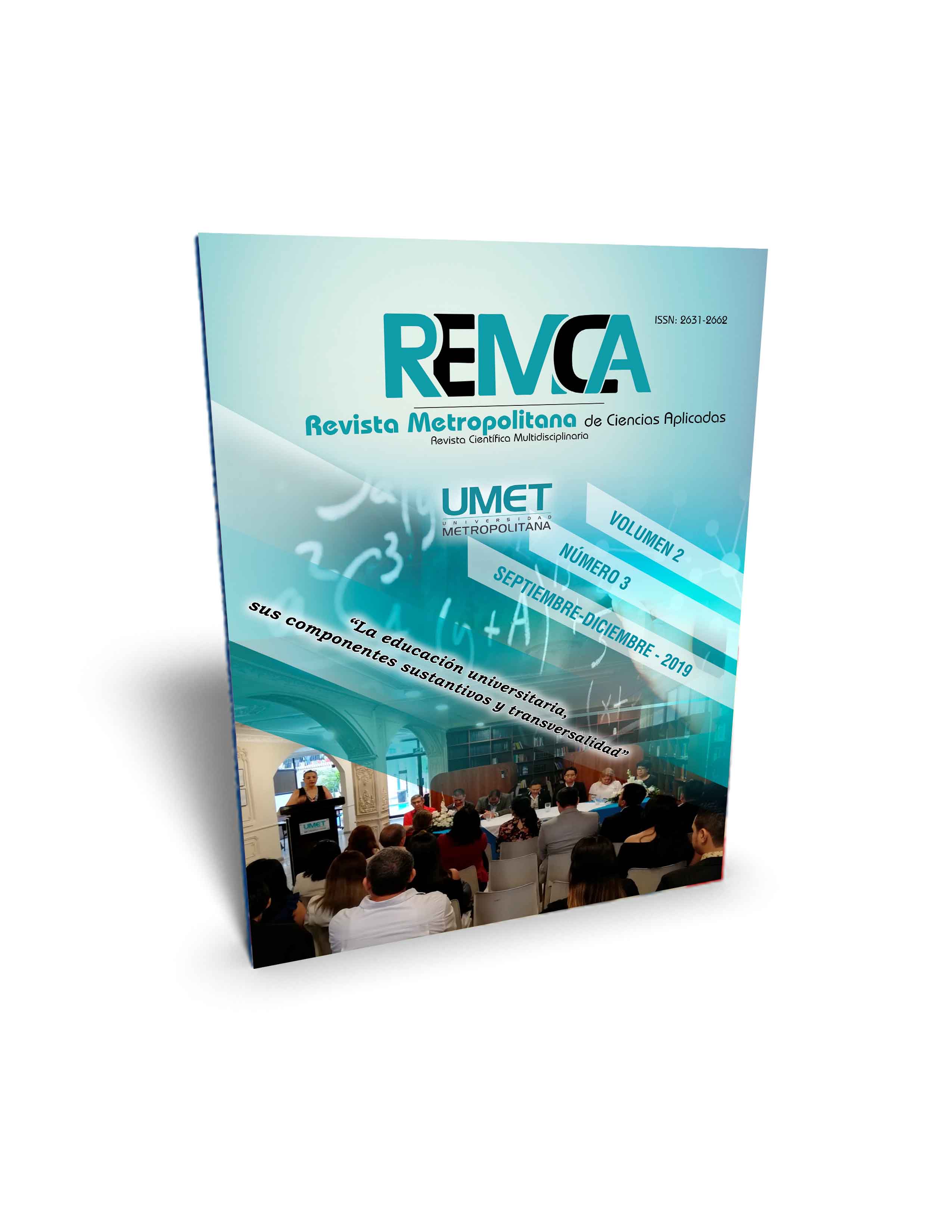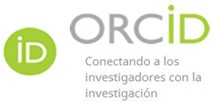Use of alcoholic extract from tomillo (Thymus vulgaris), guayaba (Psidium guajava) and eucalyptus (Pucalyptus melliodora) plants against vibriosis in aquaculture
DOI:
https://doi.org/10.62452/htr35062Keywords:
Alcohol, inhibition, extracts, shrimp, treatments, decrease, vibriosAbstract
Bacterial pathogens such as Vibrios are considered one of the main opportunistic microorganisms in shrimp farming, causing economic lossing for this reason different producers have used antibiotics incorrectly which causes resistance in bacteria. With this background, plant extracts become an alternative to inhibit bacterial growth. Is also help with animal health and environmental care in aquaculture. In this investigation the alcoholic 100 µl extracts of Thyme (Thymus vulgaris), Guayaba (Psidium guajava) and Eucalyptus (Eucalyptus melliodora) they were with Vibrio for 24 hours, allowed to incubate at 25°C and halo of inhibition was observed. In the water was use a concentration of 4mL / L for 24 hours and in the food 400 µl / gr for 10 days to see the decrease in the presence of vibrios. In both water and hepatopancreas, a decrease in Vibrio was observed using the three treatments. Conclusion, the alcoholic extracts of these three plants could be used as a prophylactic treatment against vibriosis in shrimp farming.
Downloads
References
Avetisyan, A., Markosian, A., & Petrosyan, M. (2017). Chemical composition and some biological activities of the essential oils from basil Ocimum different cultivars. BMC Complementary and Alternative Medicine, 17(1). Recuperado de https://bmccomplementalternmed.biomedcentral.com/articles/10.1186/s12906-017-1587-5
Calderón, Y. A., Alvarez, J. A., & Bullaín, M. M. (2018). Evaluación de la actividad antibacteriana de la melaza frente a vibrio sp. Aislados de estanques de cultivo de litopenaeus vannamei (camarón). 3, 48-58. Recuperado de https://revistas.udg.co.cu/index.php/redel/article/view/679/1212
Gedikoğlu, A., Sökmen, M., & Çivit, A. (2019). Evaluation of Thymus vulgaris and Thymbra spicata essential oils and plant extracts for chemical composition, antioxidant, and antimicrobial properties. Food science & nutrition, 7(5), 1704-1714. Recuperado de https://www.ncbi.nlm.nih.gov/pmc/articles/PMC6526640/
Granados, C., Santafé, G. G., & Acevedo, D. (2015). Chemical composition and evaluation of antioxidant activity of leaf essential oil Eucalyptus camaldulensis from Norte de Santander (Colombia). Rev U. D. C.. A Act Div Cient., 18(1), 235-240. Recuperado de http://www.scielo.org.co/scielo.php?script=sci_arttext&pid=S0123-42262015000100027
Gunalan, B., Soundarapandian, P., Anand, T., Kotiya, A. S., & Simon, N. T. (2014). Disease Occurrence in Litopenaeus vannamei Shrimp Culture Systems in Different Geographical Regions of India. International Journal of Aquaculture, 4(4). Recuperado de https://pdfs.semanticscholar.org/3110/1efccaeafb9b340d96b3a500c47a179b9ac1.pdf
Harlina, H., Prajitno, E. S., & Happy, N. (2015). Potential Study of Kopasanda (Chromolaena odorata L.) Leaves as Antibacterial Against Vibrio harveyi, Disease Causative Agent of Tiger Shrimp (Penaeus monodon Fabricius) Post Larvae. Aquaculture Research & Development, 6(10), 1-5. Recuperado de https://www.semanticscholar.org/paper/Potential-Study-of-Kopasanda-(Chromolaena-odorata-Harlina-Prajitno/c62886534aaacef88c8313e04e6586a609541d90
López, R., & Herrera, C. S. (2013). Efecto de tres bactericida naturales (Ajo, Cebolla y Jengibre) sobre las poblaciones de Vibrio, patógenos de camarones juveniles Litopenaeus vannamei en estanques experimentales. (Tesis Ing. Acuícola). León: Universidad Nacional Autónoma de Nicaragua.
Maksimov, O. (2017). Thyme Thymus vulgaris L. Thymol CT Essential Oil as Natural Preservative. ~ 19 ~ American Journal of Essential Oils and Natural Products, 5(2), 19-22. Recuperado de http://www.essencejournal.com/pdf/2017/vol5issue2/PartA/5-1-23-185.pdf
Martínez, J., Molina, N., & Boucourt, T. E. (1997). Evaluación de la actividad antimicrobiana del Psidium guajava L (Guayaba). Rev Cubana Plant Med., 2(1), 12-14. Recuperado de http://scielo.sld.cu/pdf/pla/v2n1/pla03197.pdf
Rodríguez, F. A. (2015). Evaluación del efecto antimicrobiano del extracto etanólico del Ficus citrifolia Mill. (Moraceae), in vitro frente a cepas de Staphylococcus aureus. (Tesis para optar el título profesional de Químico Farmacéutico y Bioquímico). Lima: Universidad Inca Garcilaso de la Vega.
Rodríguez, C. N., Zarate, A. G., & Sánchez, L. C. (2017). Actividad antimicrobiana de cuatro variedades de plantas frente a patógenos de importancia clínica en Colombia. Nova, 15(27), 119. Recuperado de http://www.scielo.org.co/pdf/nova/v15n27/1794-2470-nova-15-27-00119.pdf
Rueda, Y., & Mogollón, C. (2012). Composición química y actividad antibacteriana del aceite esencial de las especies Eucalyptus globulus y E. camaldulensis de tres zonas de Pamplona (Colombia). 10(1), 52-61. Recuperado de https://www.redalyc.org/pdf/903/90326398003.pdf
Downloads
Published
Issue
Section
License
Copyright (c) 2019 Yinson Aníbal Carbay Uyaguari, Lita Sorroza Ochoa (Autor/a)

This work is licensed under a Creative Commons Attribution-NonCommercial-ShareAlike 4.0 International License.
Authors who publish in Revista Metropolitana de Ciencias Aplicadas (REMCA), agree to the following terms:
1. Copyright
Authors retain unrestricted copyright to their work. Authors grant the journal the right of first publication. To this end, they assign the journal non-exclusive exploitation rights (reproduction, distribution, public communication, and transformation). Authors may enter into additional agreements for the non-exclusive distribution of the version of the work published in the journal, provided that acknowledgment of its initial publication in this journal is given.
© The authors.
2. License
The articles are published in the journal under the Creative Commons Attribution-NonCommercial-ShareAlike 4.0 International License (CC BY-NC-SA 4.0). The terms can be found at: https://creativecommons.org/licenses/by-nc-sa/4.0/deed.en
This license allows:
- Sharing: Copying and redistributing the material in any medium or format.
- Adapting: Remixing, transforming, and building upon the material.
Under the following terms:
- Attribution: You must give appropriate credit, provide a link to the license, and indicate if any changes were made. You may do this in any reasonable manner, but not in any way that suggests the licensor endorses or sponsors your use.
- NonCommercial: You may not use the material for commercial purposes.
- ShareAlike: If you remix, transform, or build upon the material, you must distribute your creation under the same license as the original work.
There are no additional restrictions. You may not apply legal terms or technological measures that legally restrict others from doing anything the license permits.




